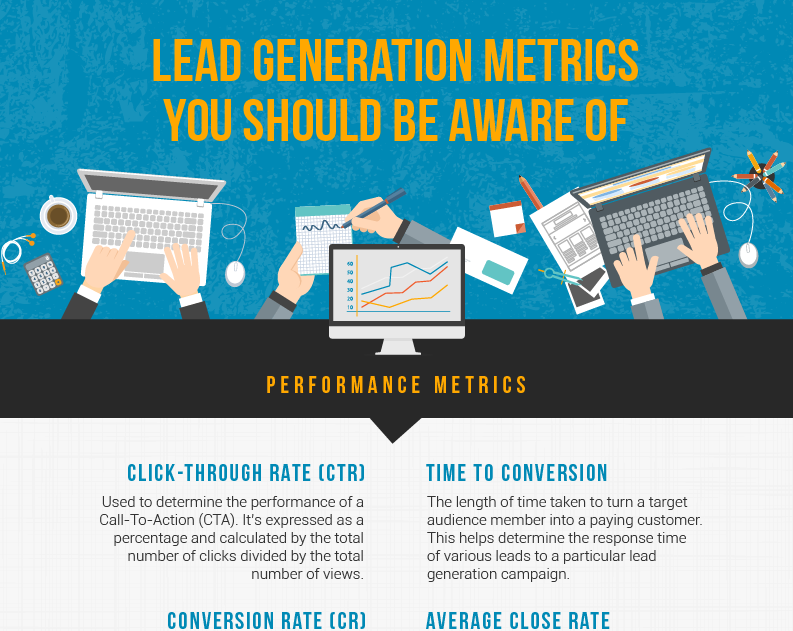Ten years ago, only the pros knew about search engine optimization, or SEO. Today, SEO is a lot like sex in high school. Everybody says they’re doing it, but almost nobody is actually doing it. And most of the people doing it are doing it wrong.
That’s partly because Google is continually tweaking the algorithms they use to generate search results, and they’re excellent at not giving away the details of what those tweaks mean. That leaves it to experts and amateurs alike to observe what happens and make their best educated guesses.
Another problem is the technology landscape is littered with myths about SEO. Some of these myths were true once but have expired as Google evolved how they prioritized searches. Others were never true, but somebody influential confirmed it once, and people keep sharing the notion. Many rumors are unfounded but still rampant.
We’ve collected the five most common and destructive SEO myths of 2019, and we share them with you here so you can help us stamp them out for 2020.
Top 5 Most Common & Destructive SEO Myths
Myth #1: You Don’t Need HTTPS
The S in HTTPS stands for “secure” and indicates a website transmits data over an encrypted connection. It’s an increasingly standard protocol that helps ensure security and privacy for Web users. It seems like a tiny detail, but it can have major repercussions.
The Truth
As of July 2018, Google considers sites without HTTPS designation to be “not secure.” That means their proprietary Chrome browser won’t even navigate to them, and their search performance will suffer.
What to Do About It
If you have an in-house webmaster, confirm with them that all of your Web properties are compliant with HTTPS. If not, contact your domain hosting service and have them do it. Either way, get your website up to spec.
After that, make sure you update WordPress whenever a new version is released. That will keep your security status up to spec for Google and other search engines.
Myth #2: You Still Need Metatags
In the early days of SEO, metatags were a way to game the system. These were places you could type words that Google would see but people reading your page would not see. By adding keywords to these places, you could trick search engines into thinking your page was more on-topic than a similar page without stuffed metatags. Some people continue to insist this hack is important.
The Truth
Google hasn’t used metatag keywords for Web ranking since early 2009. They simply don’t use what are known as “off-page” factors when considering keyword frequency. Instead, they consider only the keyword usage readers can see.
What to Do About It
Write a great piece of content with the keyword used frequently but naturally throughout, and stop wasting time getting fancy with the metadata for your posts.
Myth #3: You Need Exact Keywords, and Lots of Them
In the old days, the number of times you used an exact keyword, the better your content performed. That made it easy for earlier iterations of Google’s algorithms but resulted in high-ranking blog posts like this:
Are you looking for a dream Cancun vacation? Our search engines will find your Cancun vacation today! Get ready for a Cancun vacation! Our Cancun vacation specialists are on the phone right now, waiting to connect you with your Cancun vacation experience. Contact us now at 1-800-CANCUN-VACATION or cancun.vacation@cancun.vacation.com.
That’s what passed for “good content” once upon a time, and some “experts” continue to insist it’s still the best method.
The Truth
Starting with the Panda and Penguin updates of 2011 and 2012, Google not only stopped giving extra credit for unnaturally emphasizing exact keywords, but began to actively penalize sites that did so. In 2013, with the Hummingbird update, Google went a step further to convince companies to stop unnaturally emphasizing keywords. Google now recognizes keywords and all the words around that keyword that naturally indicate a piece of content is about a particular topic.
What to Do About It
Choose a keyword and make sure it pops up in the title and a header or two. Then use it naturally throughout your piece. Focus on great writing and valuable content and let the keywords take care of themselves.
Myth #4: Sitemaps Are Important
This is another artifact from the past. In the mid-2000s, including an XML sitemap on your page would give you a minor but substantive boost in your ratings. Google even provided a free tool to generate the sitemap and helped you update it when you added new content. More than one SEO guru still suggests they’re important.
The Truth
Sitemaps have their uses, both for your team and for some consumers. But they do not impact search rankings at all. They haven’t since 2008.
What to Do About It
Nothing. Just don’t worry about sitemaps. Spend the time and energy you were spending on them and instead dedicate it to strong keyword research and producing high-quality content.
Myth #5: SEO Is “One and Done”
Others feel SEO is something you fire and forget, and then it’s no longer your problem. One of the most common mistakes content specialists make is to not return to what they’ve posted to fine-tune performance, make adjustments according to new information, or learn from their successes and mistakes.
The Truth
SEO needs care and maintenance the same way a car does. If you’re content with a “beater” that barely gets you where you’re going and burns too much gas, you can just drive it until it dies. But if you want a performance-automobile-style site, you need to make scheduled maintenance appointments just as you would change the oil on time in your car.
What to Do About It
Schedule time to analyze your content’s performance. For pieces that are doing well, note what they have in common. For pieces doing poorly, replace the worst elements with content inspired by what’s done well. Continue to measure and adjust until everything is working great.
Final Thoughts
The best SEO is quality content. Avoid the mistakes above, but also make sure your online content is excellent. Google rewards social proof in the form of reduced bounce rates, social sharing, references in other posts, and similar indicators their algorithms observe and take into account.
In addition to writing quality content, we recommend you begin adjusting your SEO strategy with a three-step plan:
Step One: Audit your existing SEO content. Identify the pieces that are suffering because you built them according to these or other SEO myths.
Step Two: Create a task list of things you must do to eliminate the influence of these myths from the content you identified. Then complete those tasks one by one.
Step Three: Build into your production processes a checklist of things to avoid so that your team doesn’t continue acting on these pervasive myths.
Once you’ve done that, you’ll be creating SEO-friendly content without the shadow of old, bad knowledge.
Related Posts
Head of Marketing over at Money Crashers, one of the top business sites.







